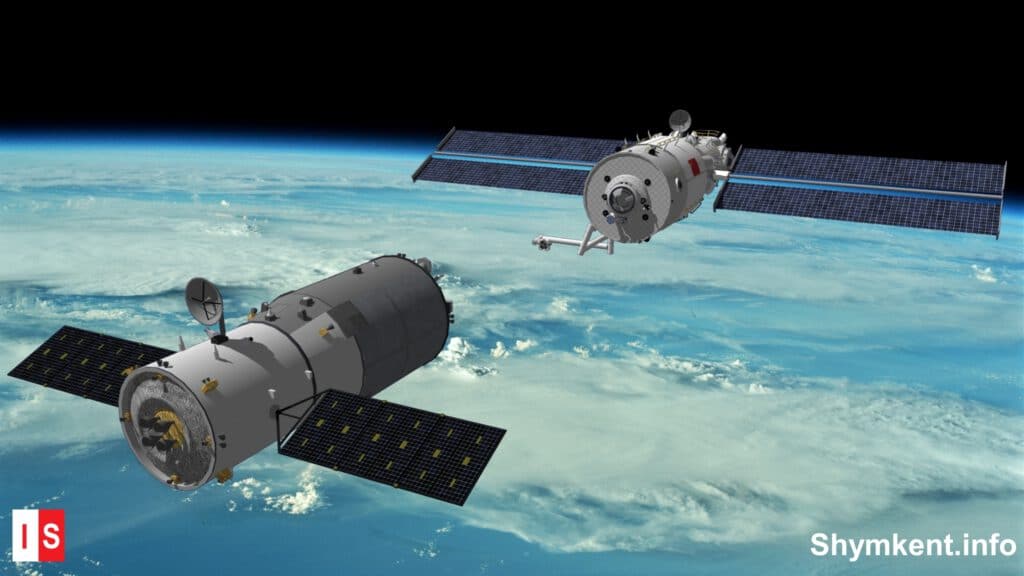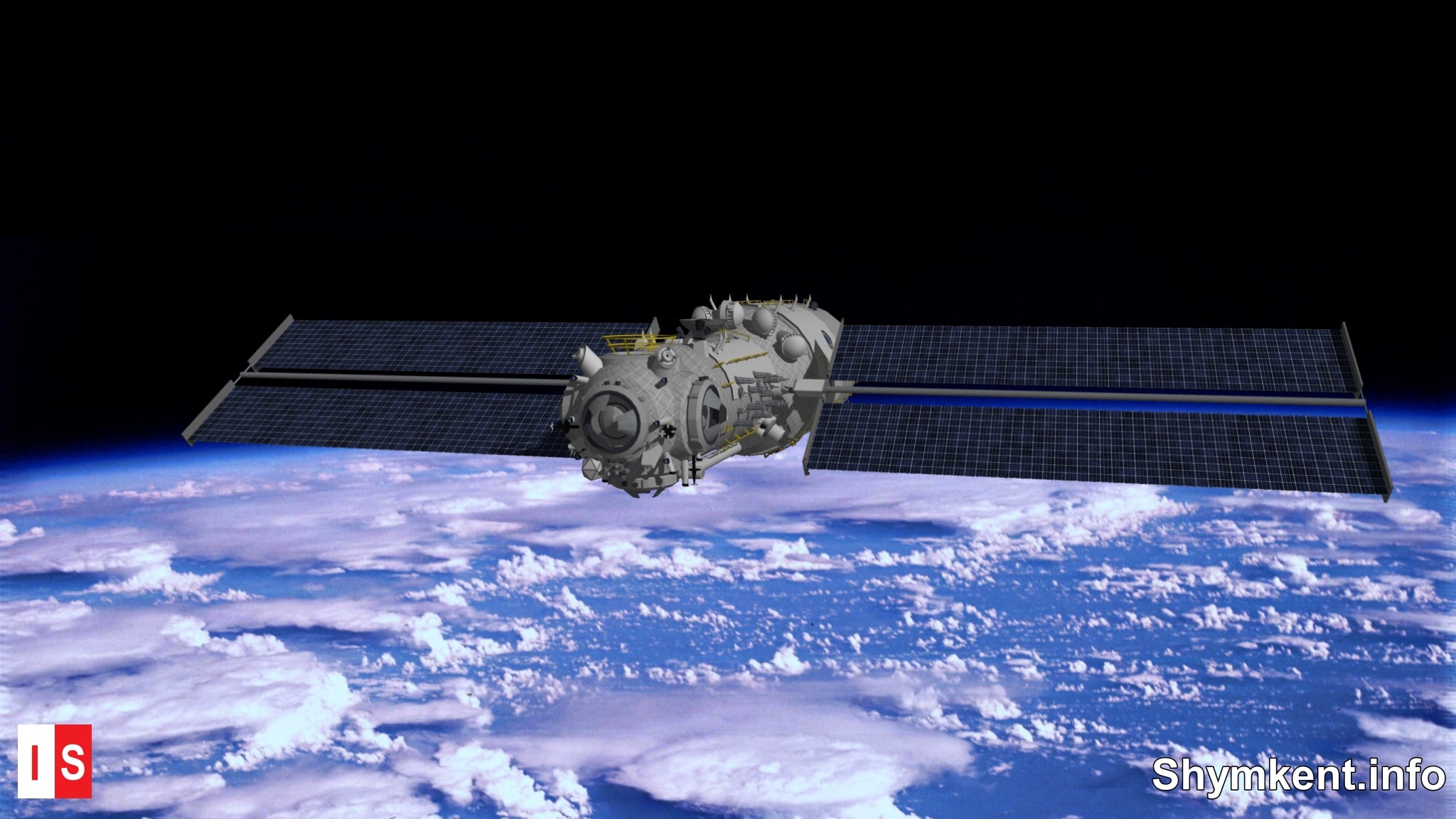Tianhe – Successful launch of 1st module of China’s space station
The first module “Tianhe” of China’s space station was launched successfully on a Long March 5B rocket into orbit. Learn more about it.
China made a huge step in their own history of human spaceflight today. The biggest Chinese rocket – the Long March 5B lifted off at 3:23am UTC from Wenchang Space Center at the Hainan Island in China to send the first piece of China’s Space Station into orbit.
487 seconds later the Tianhe (Chinese: 天和 – Heavens Harmony) module was separated from the rocket and started its own journey around earth. Shortly after it reach the orbit the first piece of China’s Space Station deployed its two 11 meters long solar panels and adjusted its high-gain antenna. The Tianhe module has a weight of 24 tons – included the 1.5 tons of equipment and fuel. Most of the fuel will be required to bring the station into the correct orbit.
So the first visitor is a unmanned Tianzhou cargo spacecraft in Mid-May to bring additional fuel and oxygen for China’s space station and food & equipment for the first crew to China’s space outpost. The first crew will arrive on a Shenzhou spacecraft one month later.
The Tianhe is the first piece of the Chinese space station – the other pieces will be two science modules – called Wentian (Chinese: Questions about the Heaven) and Mengtian (Chinese: Dreaming of the Heaven) – which will be launched in autumn 2021 and in 2022 and the temporary docked space telescope Xuntian (Travelling through the Heaven). The telescope will have the size of the US Hubble space telescope. But the advantage of this telescope is to dock with the station for repairing or instruments exchange purposes.

The Chinese space station is now the second human space outpost next to the International Space Station in the near earth orbit around earth. China offered the world to take part on their space station by providing experiments, logistic or even foreign astronauts. So the ESA astronauts Matthias Maurer and Samantha Cristoforetti trained along with other Taikonauts for possible future missions at China’s space station.
Read more:



